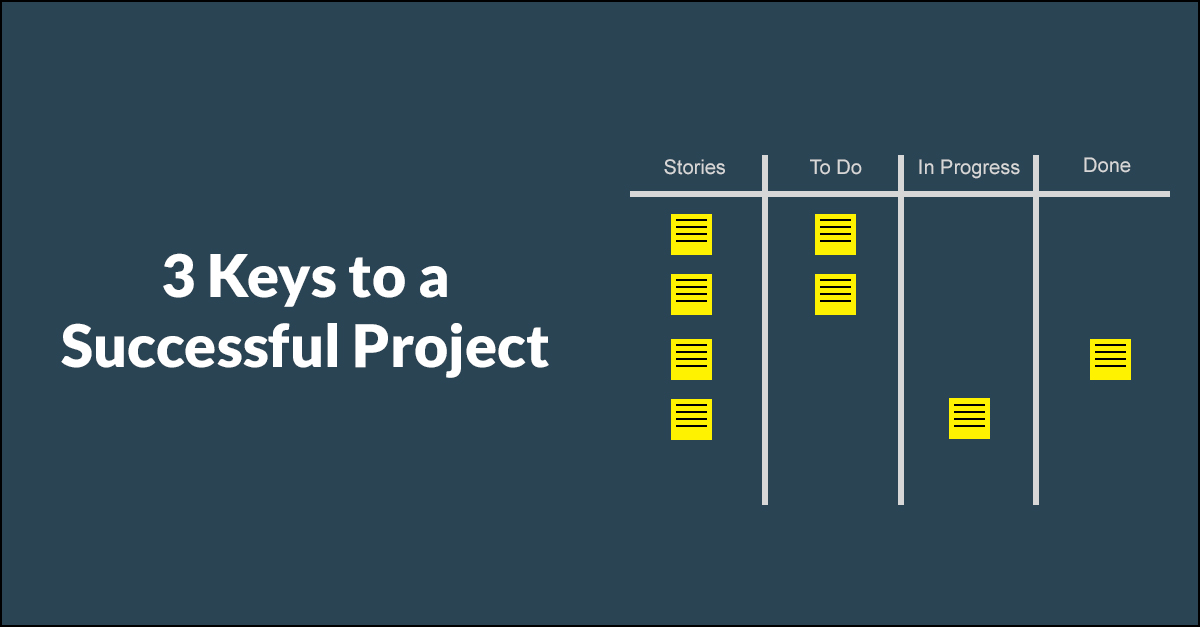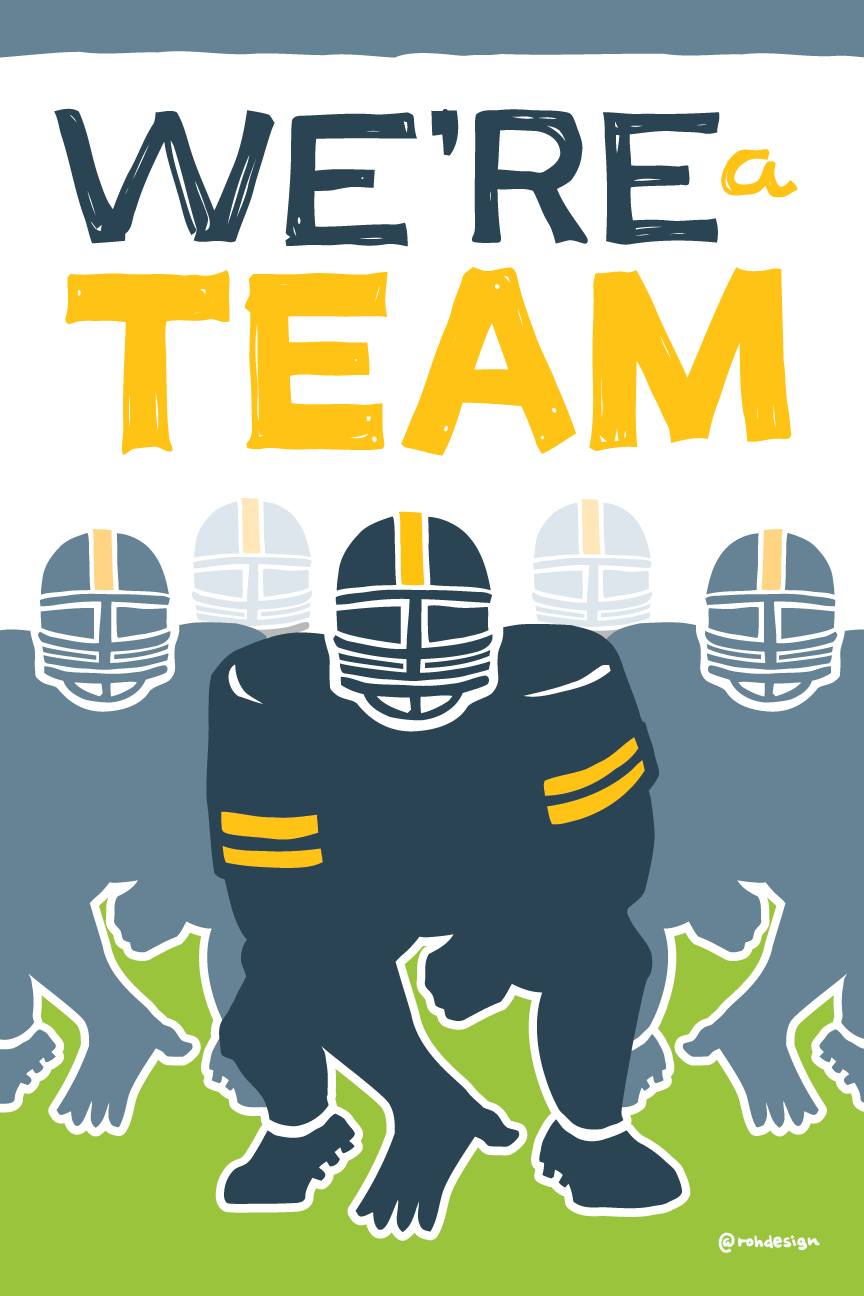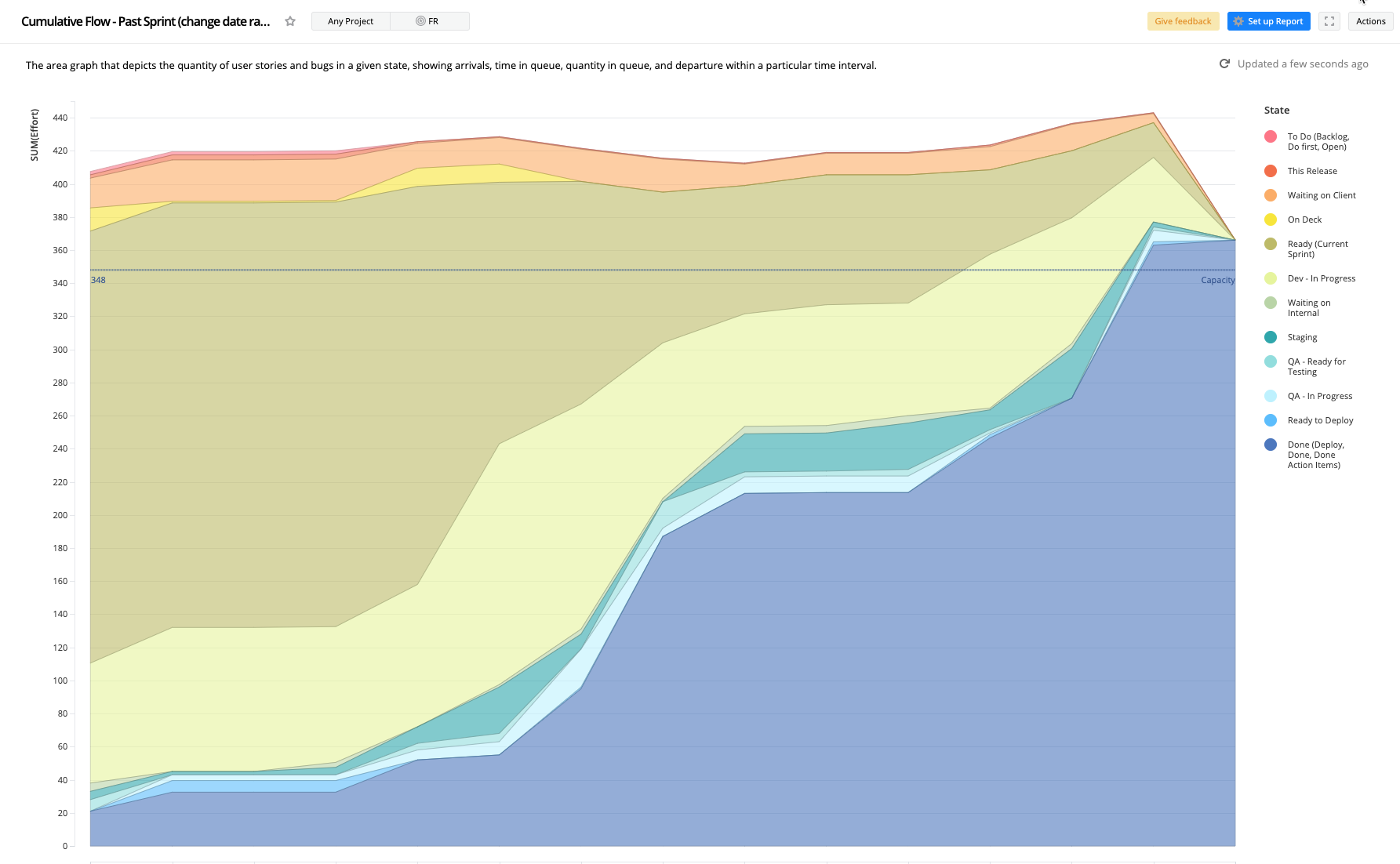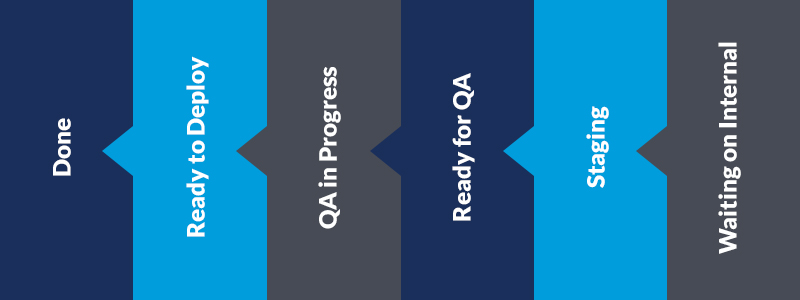
At Far Reach, we work on a variety of projects at the same time. Most projects are for our clients, but we have projects of our own as well. Some projects are big and complex, while others are smaller and more straightforward. Some projects take many
months to complete, some take a few days. It’s a lot to manage!
The keys to successfully managing our work are communication, transparency, and consistency. We’ve invested in software, systems, processes, and culture to ensure these things remain in focus and are an important part of how we work. And we’ve
experienced better outcomes as a result.
The Foundation
The system we rely on to provide the structure for how we work is the Agile
Scrum Framework. To manage the details of the work itself, we use a robust enterprise software package called Target
Process.
Even with the system and tool in place to facilitate our work, it’s important that we use them consistently to ensure communication and transparency don’t fall by the wayside. Doing things in a consistent way within the team also allows us
to more easily track the things that help us work better and more efficiently.

Sharing is Caring
Daily Standups
It all starts with the daily standup, which is a 15-20 minute meeting intended to increase transparency and make constraints and roadblocks visible before they become bigger issues. Making the most of these short meetings is important to the team’s
progress. We take turns running standup each day, but we maintain consistency by following a script. This gives team members clear instructions about what needs to be covered, which makes it more comfortable for everyone, especially the introverts
in the room. Beyond the script, though, people are encouraged to make the meeting their own and add some fun in with music, jokes, obscure facts, or funny stories.
Beyond bringing constraints and roadblocks to the surface, standups help us gauge our progress through the work that’s planned and helps keep the team informed about any changes to the work that may have come up since the previous standup.
The Standup Dashboard
To help us see where we stand on a daily basis, we’ve been iterating on a dashboard view in TargetProcess that follows the standup script.
This is about to get a little geeky, but hang in there. It will be worth it!
Our standup dashboard includes the following sections that provide the transparency we need to help us do our best work.
- Sprint Goal – Each sprint, we set a team goal and keep it front and center on the standup dashboard. The goal could be the amount of work or the percentage of a project we want to complete, or it could be something foundational that we
think will really propel the team forward, like implementing a new process or tweaking something to make a process more efficient. Sometimes it’s related to a specific project and other times it’s more general. Regardless of what the
goal is, by keeping it top of mind every day, we always know where we’re headed as a team. The goal helps us “right our ship” daily.
- Cumulative Flow – This view shows points completed and how that compares to our capacity or what we’ve planned. We also look at
average points in progress per day, which helps us identify any bottlenecks we may have so we can address them quickly.

- Capacity Line – We know approximately how many points we can complete each sprint, based on team member availability. In calculating the team’s capacity, we account for things like vacations, time out of the office at conferences
or to attend to family stuff—anything that impacts how much project work could be done. Capacity changes each sprint because, well, life can be messy! The bottom line is that our capacity shows us what can be expected to be done to help
us plan out future sprints as well as keep an eye on the current sprint.
- Work Completed Yesterday – We can see all the work that was moved to done the prior day. It’s a great way to share those “wins” as a team. We sometimes get so caught up in the work coming up that we forget how far
we’ve come. This prevents us from losing sight of that.
- Work Added – In our world, things change—sometimes daily. We work really hard to plan our sprints and stick to those plans, but things inevitably pop up. So, we plan for the unplannable just by knowing it will happen and accounting
for it. By looking at work added, we can see right away if our sprint trajectory may change or if our goal needs to shift. We’re agile and part of that means making changes when necessary to provide the best service to our clients.
- State of Stories – Our work is broken down into stories, which are descriptions of features to be developed. In looking at the state of the stories planned in our sprint, we start with stories that are ready to be deployed (this is the
final stage before something is considered done) and work backwards through all the stages of development.

This gives us another view into potential roadblocks we may not have seen before and helps us identify other ways to get that work to done.
- Work Over Estimates – Every piece of work we do is estimated before we work on it. And while estimates are really just educated guesses, it’s helpful to know when we spend more time than estimated so we can adjust going forward
to help with future planning. The point is not to place blame for going over an estimate; it’s more of an opportunity for the team to jump in and help if needed.
- Plans for the Day – If you’re familiar with scrum, you will recognize this as a more traditional standup format. We each talk through what we plan to work on for the day or, if we’re not sure, we ask questions that will help
us determine what our priorities should be. We’ve learned we need to be somewhat specific to provide the most value here. It’s not very helpful to say, “I’m going to do some development”. It needs
to be more targeted like, “I’m going to work on getting this import file to run”.
- Date Tags – Most of our work has an unofficial due date of the end of the sprint. But some work could have a mid-sprint due date for one reason or another, so we document and review it as due dates approach to ensure nothing falls through
the cracks.
- Project Prioritization – This is a prioritized list of our work, allowing the team to see the priority of projects for the sprint. So, if anyone has questions about what should be worked on next, they can check the prioritization list
and get a quick answer.
It’s a long script, but it only takes us about 20 minutes each day to walk through. These 20 minutes help keep us on track and spur important conversations.
The dashboard is always available, so if a team member misses standup, they can check the board to see priorities and progress, so everyone stays on the same page.
The transparency the dashboard provides and the conversations triggered through the consistency of our daily standup script are big keys to the success of our projects and our ability to work together toward the same goal.
As you head into any new project, remember the positive role good communication, transparency, and consistency can play in your success and build your processes accordingly.